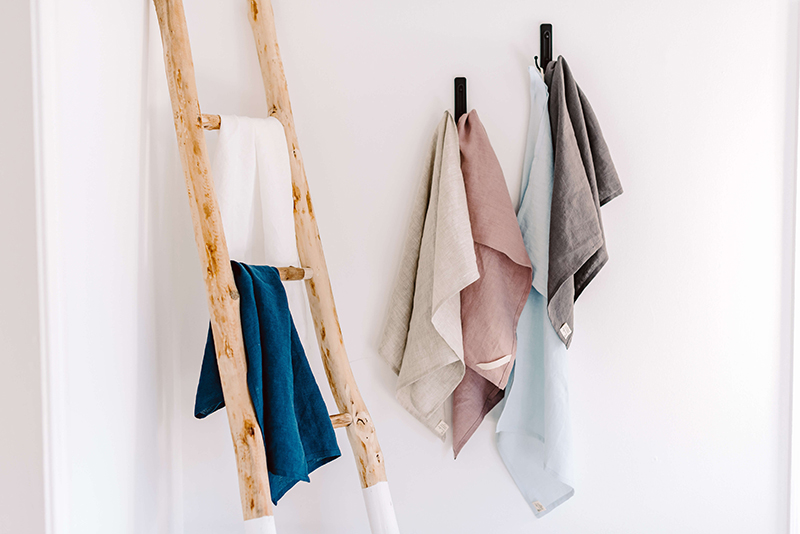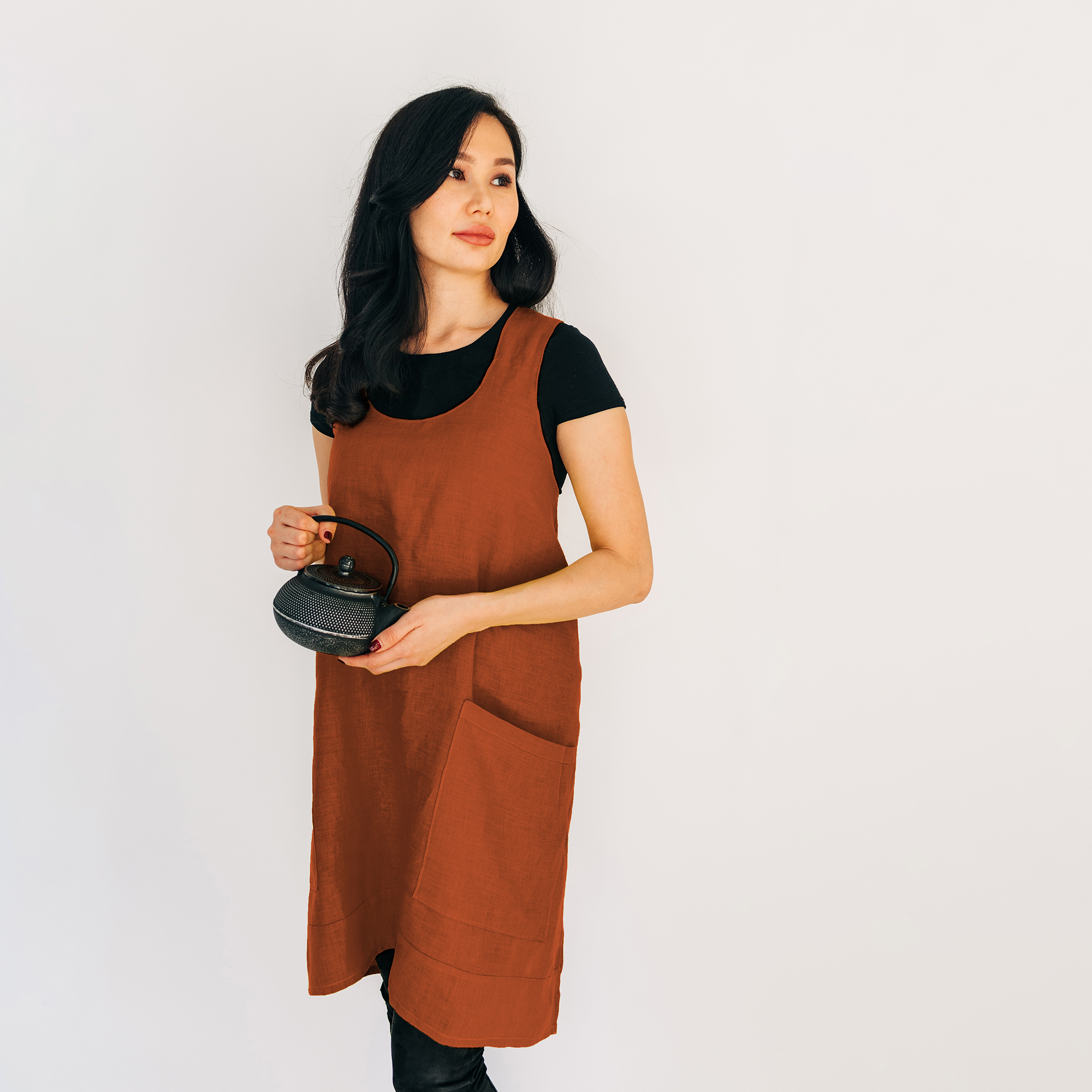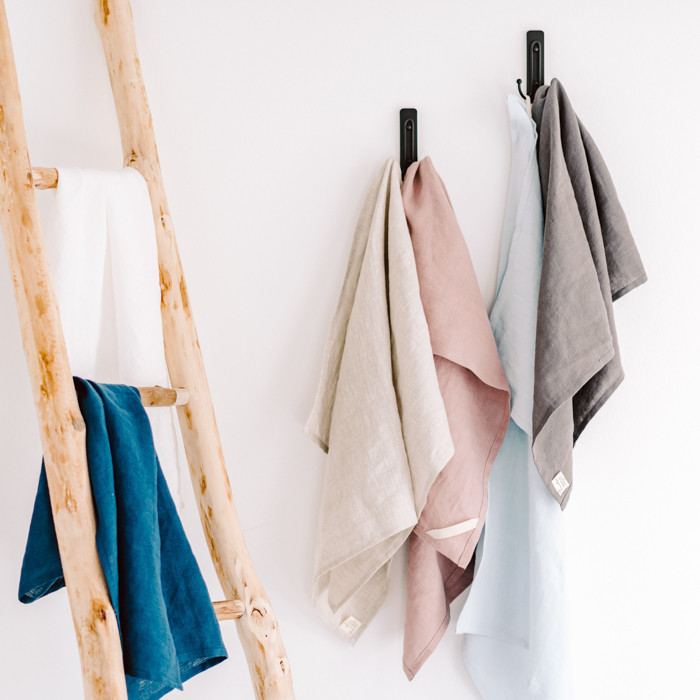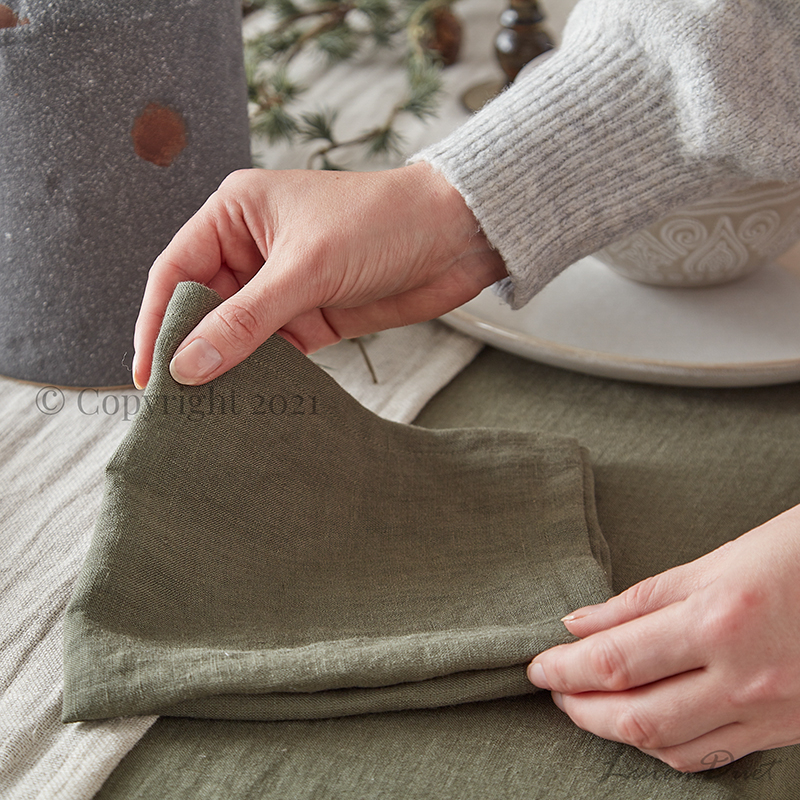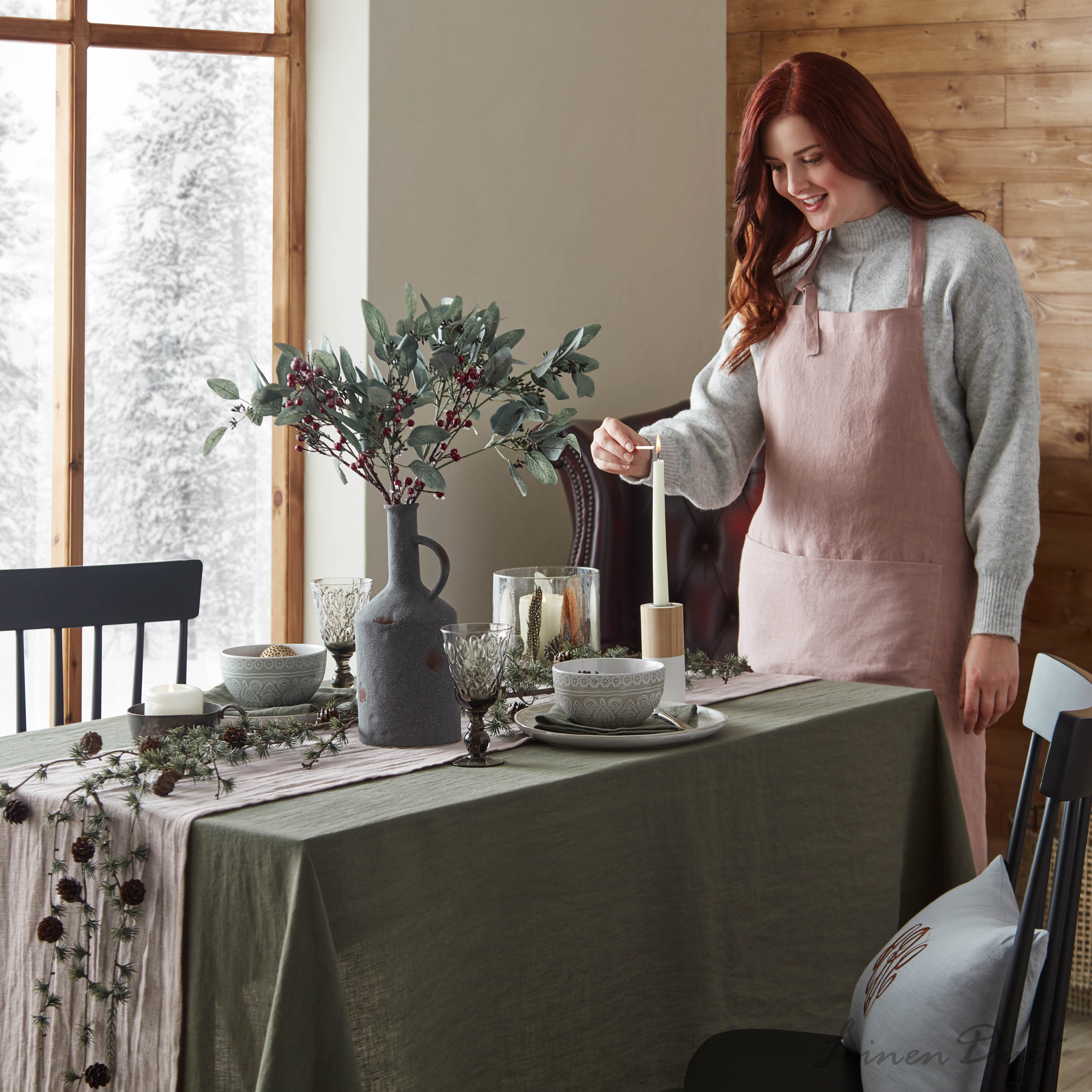Linen Fabric: Historical and Modern
Before there were synthetic fibers, clothing and household textiles were made from natural fibers. One of the most popular was linen, a plant-based fiber with softness, strength, and absorbency. The raw material for natural linen is the flax plant, a tall plant full of long fibrous material.
Flax was grown and harvested, and the stems soaked and beaten until the long, strong fibers inside were separated from the rest of the plant. These fibers were spun on a spinning wheel into thread, which was then woven into fabric for shirts, shifts, petticoats, sheets, and towels. The linen could be used in its natural gray color or bleached white in the sun.
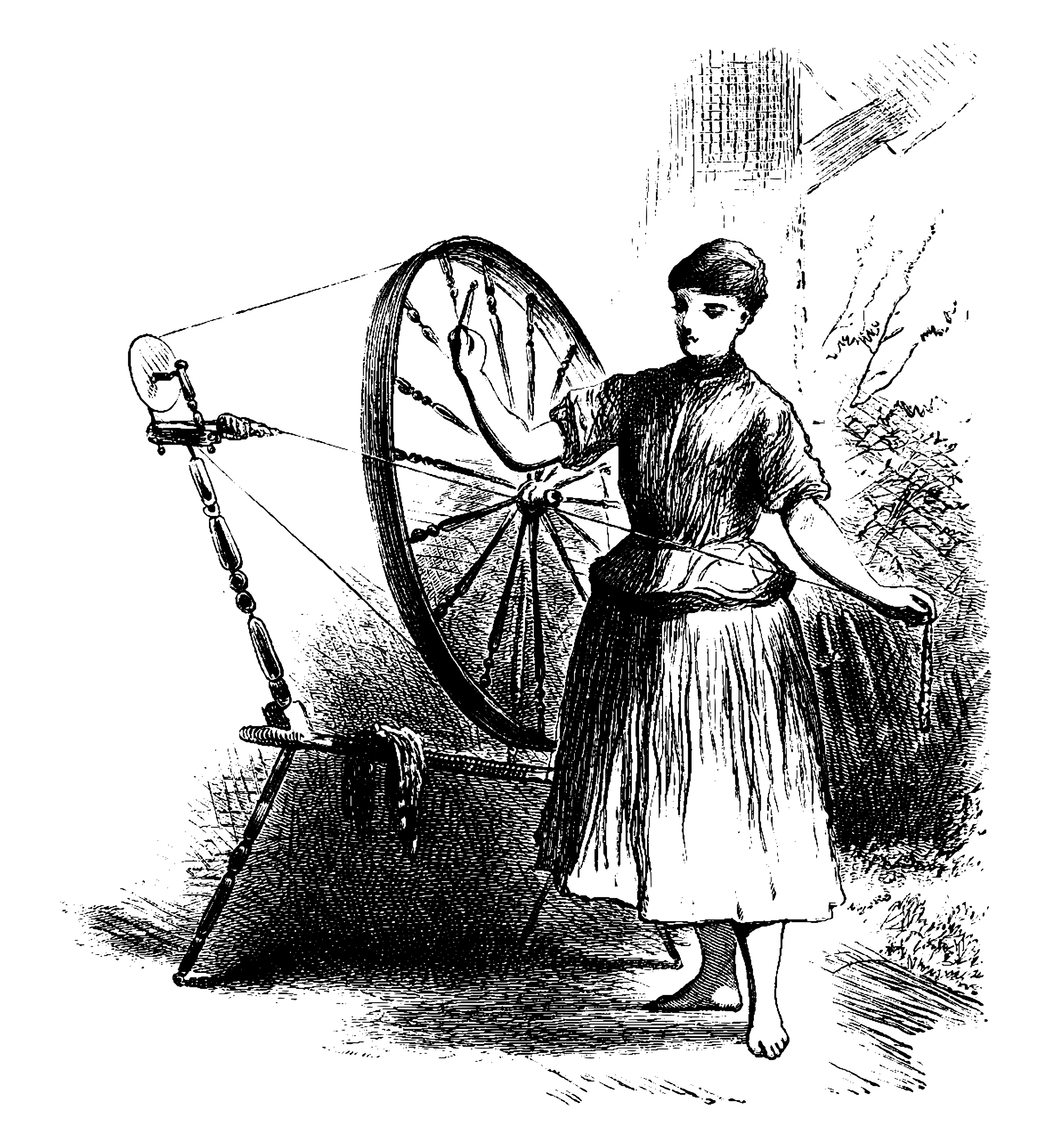
Because linen was the fiber most commonly used for sheets and towels, these items came to be called collectively “linens,” a practice that continues today even though most mass market “linens” are actually made of cotton or cotton blends now.
Linen fabric is historically an important fabric for underclothing as well as warm-weather shirts, dresses, and aprons. A large part of a woman’s trousseau (the clothing and household items she brought with her to her new home when she married) consisted of nightgowns and petticoats to last her for several years. Linen could also be dyed after bleaching and used to create colorful summer dresses. Linen remained important in winter, serving as the underwear and inner layers of clothing under warmer woolen dresses and coats.
Linen is experiencing a renewal as people seek natural alternatives to petroleum-based synthetic fabrics. Linen fabrics feel similar to cotton, but are usually finer in thread count and more lustrous. It can be pressed to a sharp crease and is ideal for summer shirts and dresses. It does wrinkle more quickly than other fabrics, but it is also superior in comfort and beauty to many of the alternative fibers.
Linen accepts dyes easily, so it can be dyed in a rainbow of colors to suit modern decorating schemes. Our ancestors would have been limited to the plant materials in their own area when they created their natural dyes, but the modern consumer can have any color. Tablecloths and napkins of linen look wonderful and can be washed and dried as needed; Linen is durable, yet soft.
Needlework enthusiasts have found other ways to use linen besides weaving. Most embroidered samplers were done on linen before cotton aida fabric was widely available. Knitters also discovered linen as a yarn fiber for making cooler summer sweaters and luxurious knitted face cloths.
If you have never experienced the soft luxury of a linen shirt or linen sheets, give them a try. You may find our ancestors knew what they were doing when they turned the flax plant into fabulous fabric. Sometimes the best things for the modern life are the traditional ways of our ancestors.

